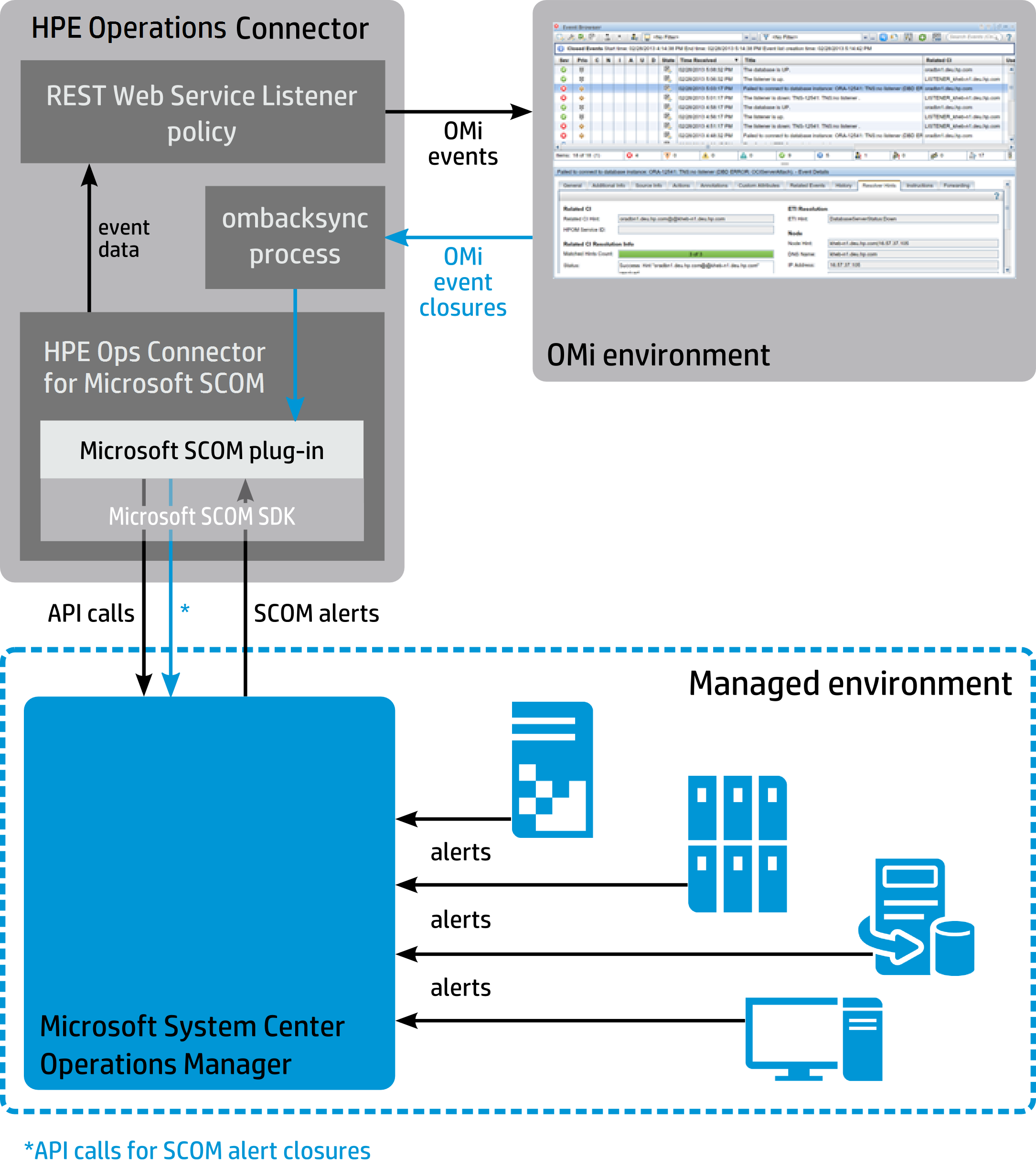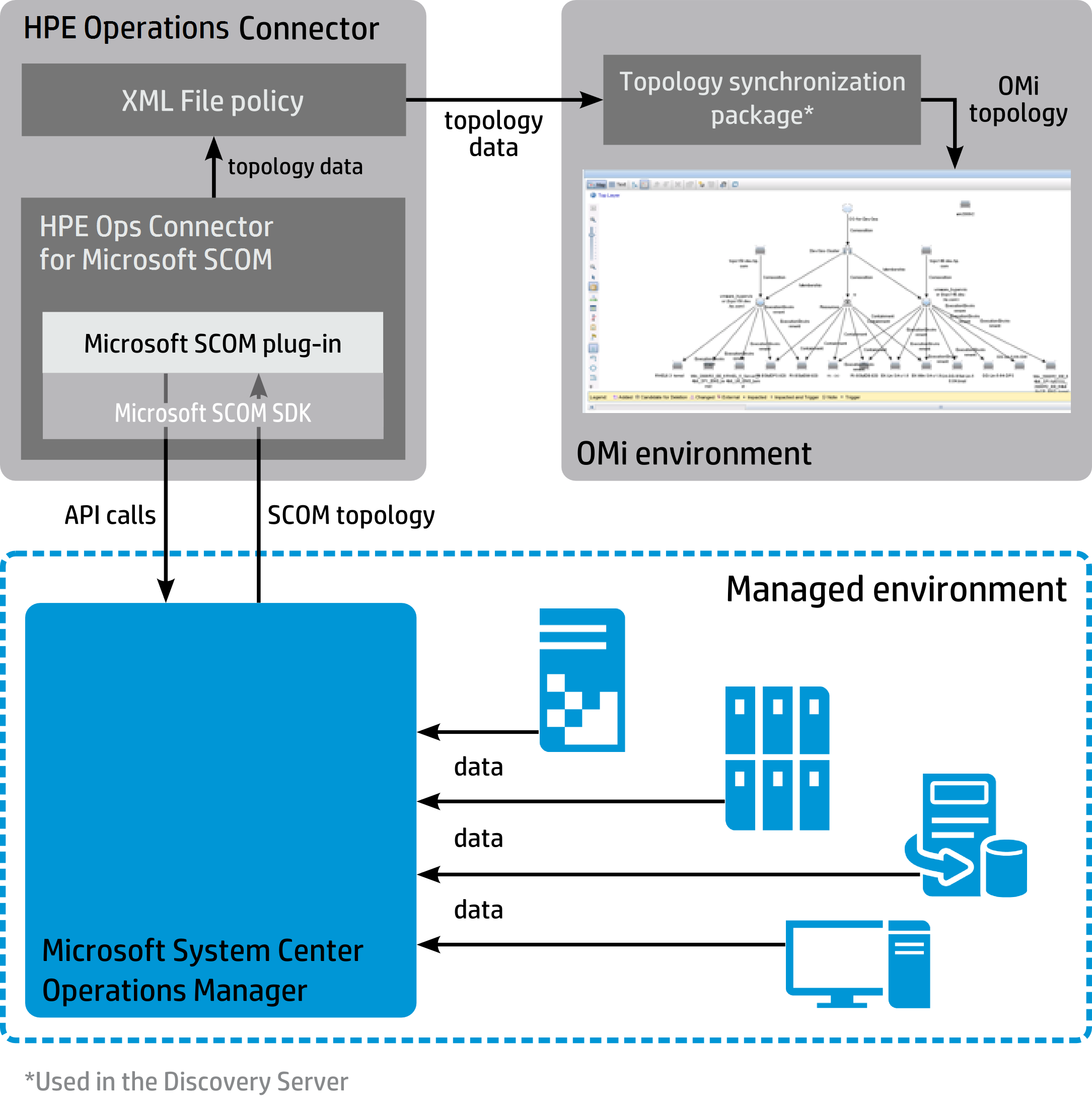Searching the Help
To search for information in the Help, type a word or phrase in the Search box. When you enter a group of words, OR is inferred. You can use Boolean operators to refine your search.
Results returned are case insensitive. However, results ranking takes case into account and assigns higher scores to case matches. Therefore, a search for "cats" followed by a search for "Cats" would return the same number of Help topics, but the order in which the topics are listed would be different.
| Search for | Example | Results |
|---|---|---|
| A single word | cat
|
Topics that contain the word "cat". You will also find its grammatical variations, such as "cats". |
|
A phrase. You can specify that the search results contain a specific phrase. |
"cat food" (quotation marks) |
Topics that contain the literal phrase "cat food" and all its grammatical variations. Without the quotation marks, the query is equivalent to specifying an OR operator, which finds topics with one of the individual words instead of the phrase. |
| Search for | Operator | Example |
|---|---|---|
|
Two or more words in the same topic |
|
|
| Either word in a topic |
|
|
| Topics that do not contain a specific word or phrase |
|
|
| Topics that contain one string and do not contain another | ^ (caret) |
cat ^ mouse
|
| A combination of search types | ( ) parentheses |
|
Microsoft SCOM
Operations Connector for Microsoft SCOM (OpsCx for Microsoft SCOM) integrates Microsoft System Center Operations Manager (Microsoft SCOM) and Operations Manager i (OMi) so that the gathered systems-management data about the events, topology, and metrics in a Microsoft SCOM environment is made available to the OMi solution. Such data can then be monitored and processed properly within OMi. OpsCx for Microsoft SCOM therefore enables you to establish a link between a Microsoft SCOM environment and operations management in OMi.
For a list of the Microsoft SCOM release versions that OpsCx for Microsoft SCOM supports, see Application Software topic. For information about Microsoft SCOM, its individual releases and their features, see the documentation on the Microsoft web site.
Product Concepts
OpsCx for Microsoft SCOM is a product complementary to Operations Connector. It enhances Operations Connector to provide the following functionality:
-
Collection of Microsoft SCOM alerts1An indication of a significant event that requires attention. Alerts are created by rules and monitors. (events), monitored objects (topology), and performance data (metrics) from a Microsoft SCOM environment
-
Mapping of the collected data to an OMi-compliant form
-
Customization of the data collection and data mapping
-
Closure of Microsoft SCOM events from OMi by using backward synchronization of the event resolution states
Deployment options for OpsCx for Microsoft SCOM are bound by Operations Connector. While both must be installed on the same system, remote monitoring capability of Operations Connector enables the applications to reside on a dedicated integration server. In such a setup, the processing, memory, and storage resources of the Microsoft SCOM host are burdened to a lesser degree.
The basic part of OpsCx for Microsoft SCOM is the Generic Integrator module (GenInt). It provides common functionality for integrating Operations Connector and other third-party systems, storage, or infrastructure management application.
OpsCx for Microsoft SCOM supports integration with multiple instances of Microsoft SCOM. Each integrated instance is configured separately. You can therefore have a single Operations Connector host relaying data to OMi from multiple Microsoft SCOM-monitored infrastructure segments.
The collection, processing, and mapping of events, topology data, and metrics can be configured in detail as part of advanced configuration of OpsCx for Microsoft SCOM.
Event Collection and Forwarding
OpsCx for Microsoft SCOM makes Microsoft SCOM events available to OMi as follows2 The process is repeated regularly.:
-
Events are collected from Microsoft SCOM through the API provided by the Microsoft System Center Operations Manager SDK.
-
In OpsCx for Microsoft SCOM, the collected events are sent to the REST Web Service endpoint of Operations Connector.
-
The preprocessed events are mapped by using an Operations Connector policy of the
REST Web Service Listenertype, and then forwarded to OMi.Each event is tested if it matches some rule in the policy. If it does, the event is mapped accordingly. To ensure all events are mapped, there are several generic rules at the end of the rule list:
-
Two different rules, each of which matches all Microsoft SCOM events using a different filter
-
A rule that matches events that concern multiple monitored objects
-
A rule that matches all events
Additionally, you can also configure the noise suppression rule.
-
Figure 1. Architectural overview of the Microsoft SCOM event integration with OMi

OpsCx for Microsoft SCOM enables tracing of Microsoft SCOM alert that triggers an OMi event. It also supports close-state propagation of events. Whenever an alert is closed in Microsoft SCOM, the corresponding event in OMi is also closed. Additionally, if backward synchronization of event resolution states is enabled (this is the default behavior), for each event that you close in OMi the corresponding Microsoft SCOM alert is also closed. Other alert updates are not propagated back to Microsoft SCOM.
You can collect either all events or the events that originate from the chosen topology scope only. For the latter choice, the topology integration must be already configured and a topology collection scope must be defined.
Topology Collection and Forwarding
OpsCx for Microsoft SCOM makes Microsoft SCOM topology available to OMi as follows3The process is repeated regularly. :
-
Topology structures are collected from Microsoft SCOM through the API provided by the Microsoft System Center Operations Manager SDK.
-
In OpsCx for Microsoft SCOM, the collected topology is stored in an XML file on the Operations Connector host.
-
In Operations Connector, the stored topology is processed by a policy of the
XML Filetype, and then forwarded to OMi. - In OMi, the topology data is mapped by using the topology synchronization package of OpsCx for Microsoft SCOM. The package is used by the Discovery Server of OMi.
Figure 2. Architectural overview of the Microsoft SCOM topology integration with OMi

Microsoft SCOM topology structure is mapped to an equivalent structure in OMi. The topology structure is constructed from three topology entity types:
-
Configuration items (CIs) (monitored objects in Microsoft SCOM)
-
CI attributes (object attributes in Microsoft SCOM)
-
Relations between CIs (relations between objects in Microsoft SCOM)
The scope of objects that Microsoft SCOM can discover and monitor is managed through Microsoft SCOM groups and their associated management packs (MPs). By default, Microsoft SCOM only monitors some basic operating system-related services, but you can import new MPs and monitor services such as DNS Server, Active Directory Domain Services, Exchange Server, SQL Server, and so on. Although this customization is made within Microsoft SCOM, it also changes the scope of the topology data and metrics that can be collected by OpsCx for Microsoft SCOM. Therefore, installation of a MP in Microsoft SCOM is a prerequisite to make object information available in OMi. Several MPs are bundled in OpsCx for Microsoft SCOM, and you can install them by using the product's Configuration Utility.
In scope of topology collection, OpsCx for Microsoft SCOM also acquires and forwards Microsoft SCOM identification data to OMi. In consequence, Microsoft System Center Operations Manager is presented in the OMi web interface as the origin of the collected topology data.
Metric Collection and Forwarding
OpsCx for Microsoft SCOM makes Microsoft SCOM metrics available to OMi as follows4The process is repeated regularly.:
-
Metric structures are collected from Microsoft SCOM through the API provided by the Microsoft System Center Operations Manager SDK.
-
In OpsCx for Microsoft SCOM, the collected metrics are sent to the REST Web Service endpoint of Operations Connector.
-
The preprocessed metrics are mapped by using an Operations Connector policy of the
REST Web Service Listenertype, and then saved to the database in Operations Connector. -
The stored metrics are forwarded to OMi upon request from the OMi side.
Figure 3. Architectural overview of the Microsoft SCOM metric integration with OMi

Integration with OMi adheres to the general principle that only alerts should impact the health state of a CI. Therefore, collected metric values do not directly affect the health state of a CI in OMi. The state can be determined by means of the CI hint.
The metrics collected and mapped by the metric integration are shown in the Performance Perspective view of the OMi web interface. With the help of performance dashboard provided by OpsCx for Microsoft SCOM, they are visually presented in the OMi web interface at:
For OMi 10.01:
Workspaces > Operations Console > Performance Perspective > Performance > Graphs
For OMi 10.10 or later:
Workspaces > Operations Console > Performance Perspective > Performance
Related topics
We welcome your comments!
To open the configured email client on this computer, open an email window.
Otherwise, copy the information below to a web mail client, and send this email to ovdoc-asm@hpe.com.
Help Topic ID:
Product:
Topic Title:
Feedback:





